In this episode of Mark Wallace: LIVE, we discuss everything you need to know about photography basics. Understanding exposure, controlling motion and getting everything in focus are the pillars of this workshop. Mark explains aperture, ISO, shutter speed, camera modes, focus points, depth of field and more. He also touches on some more advanced topics like white balance, exposure lock and lens distortion. This workshop is more than 3 hours of information that is a perfect workshop for beginner photographers, or anyone wanting to brush up on the cornerstones of digital photography.
This workshop is available for download now!
Price: $30USD


Here are a few screenshots from the video.
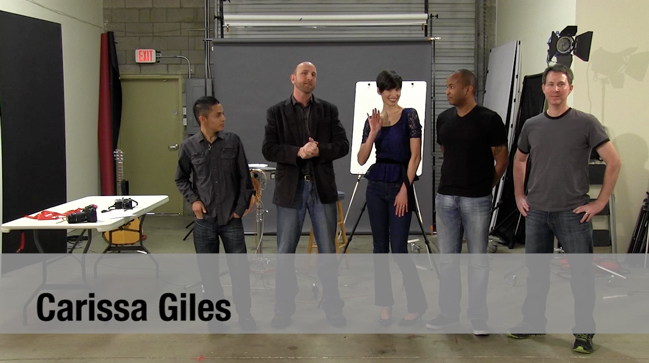
Mark introduces the model, Carissa, and the volunteers.
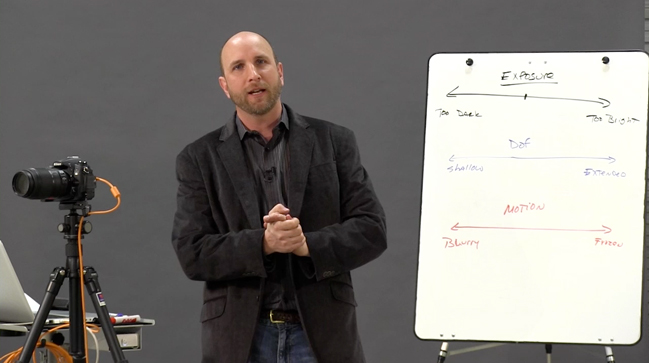
Mark discusses three different pillars of a photo: exposure, depth of field and motion.

Matt the camera man gets a cameo!

Using an older lens, Mark demonstrates the aperture.
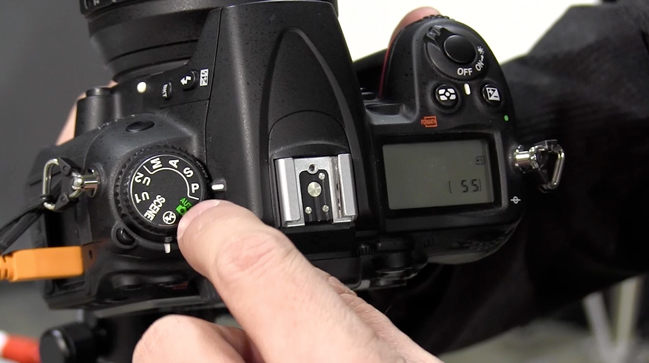
Learn about the different modes on your camera.

Showing examples of depth of field with our model Carissa.
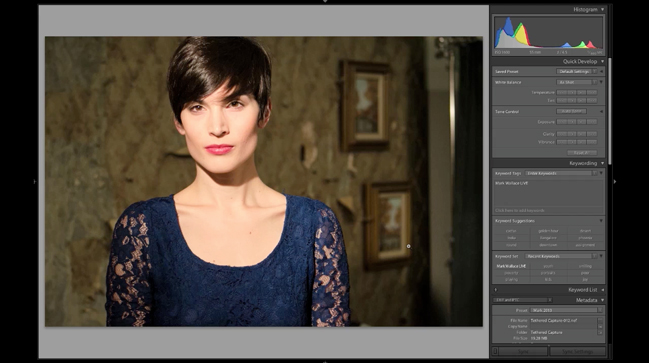
Mark uses Lightroom during the workshop to show the differences in aperture values, shutter speeds, white balance and more.
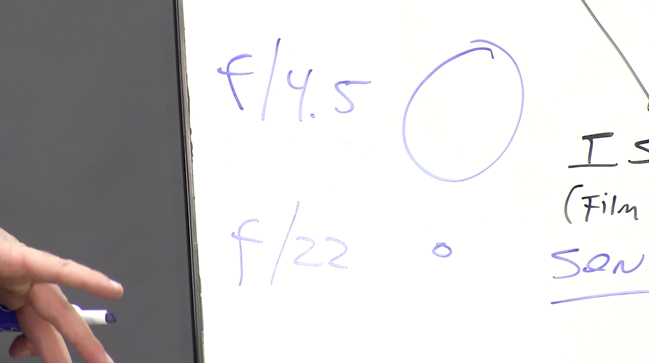
Learn about what an f-stop is and how it impacts your photos.
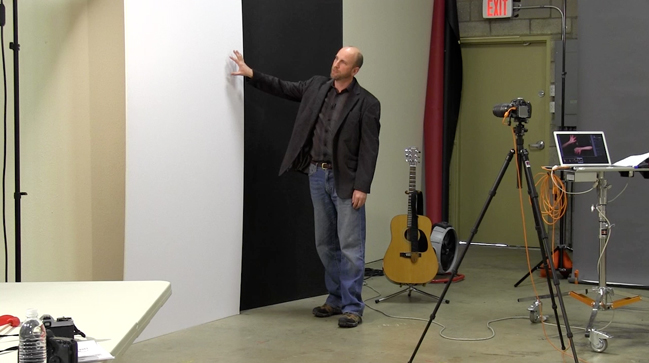
Using white and black panels, Mark explains how your camera’s meter can sometimes get the exposure wrong.
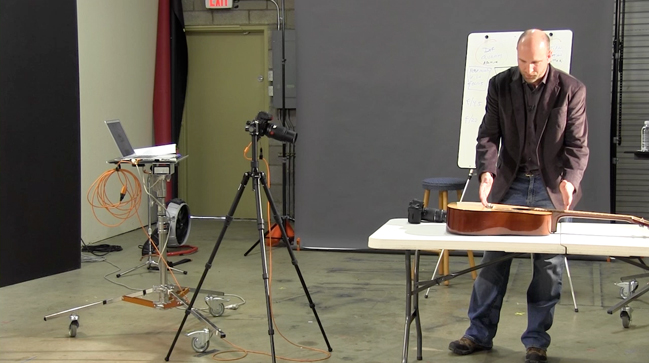
Mark shoots photos of his guitar to demonstrate shallow depth of field.
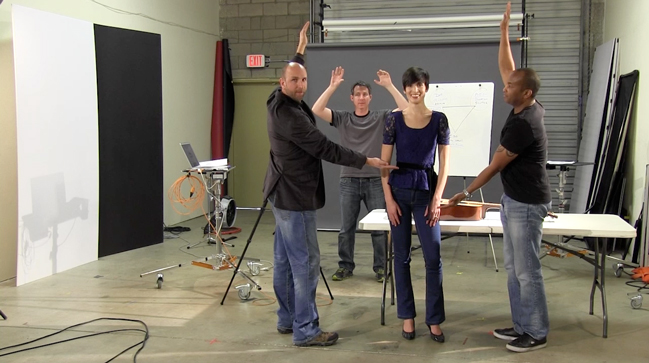
Mark is famous for his goofy demos! In this example he and Charles create the camera frame around Carissa, and Josh plays the role of the sun.
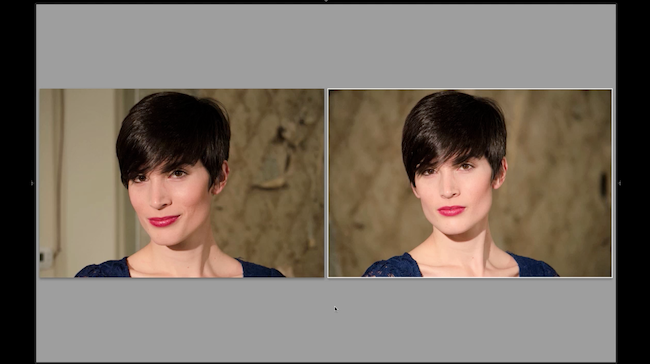
Learn how to get shallow depth of field, like the photo on the right.

These squares are called focus points and are used to determine what spot in your frame is supposed to be in focus.
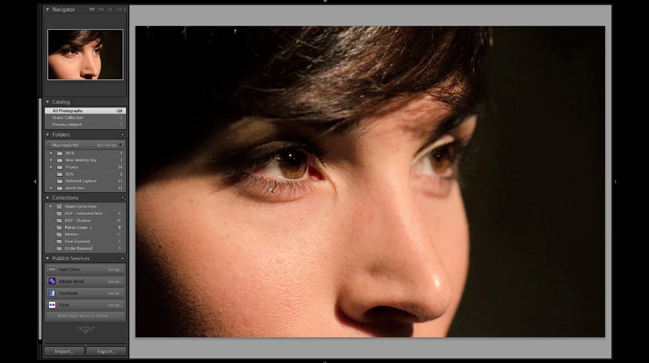
Mark tackles a viewer question about extremely shallow depth of field.
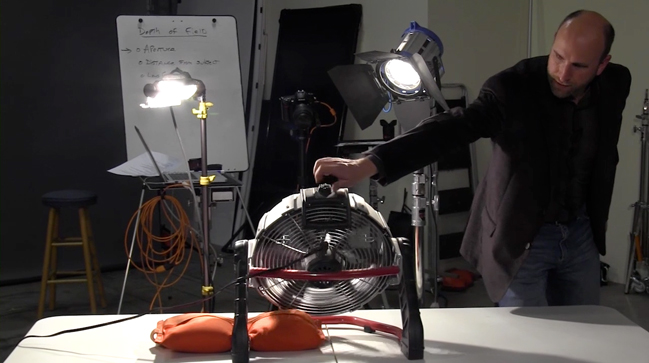
Mark uses this fan to demonstrate shutter speed.
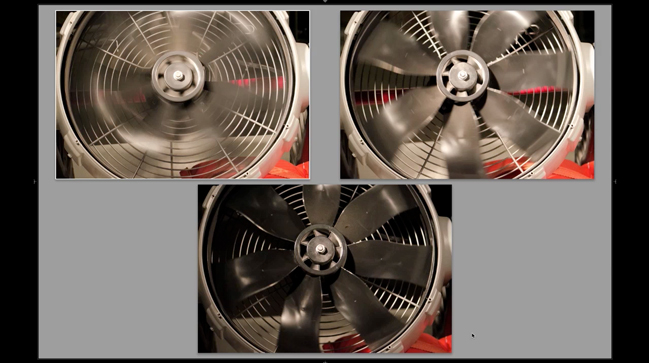
Examples of slow shutter speeds (blurry fan blades) vs. fast shutter speeds (frozen fan blades).
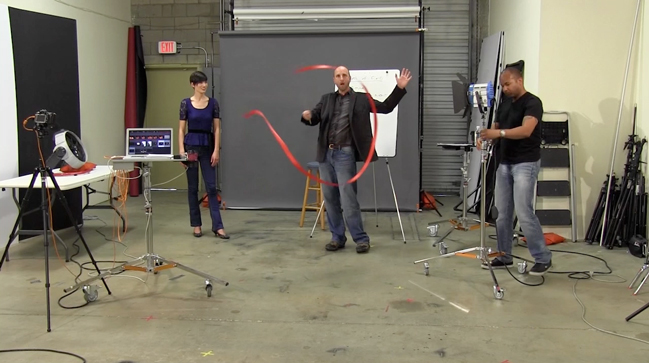
Mark demonstrates his ribbon dancing skills!
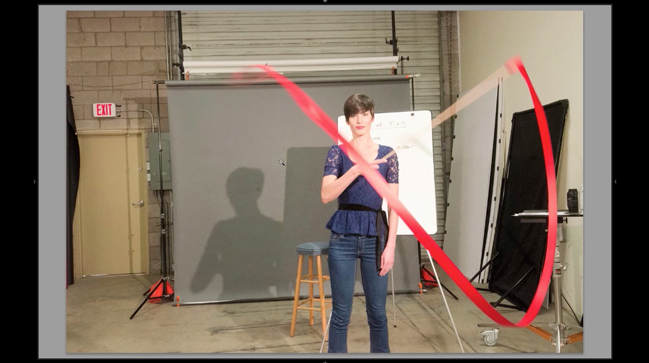
The ribbon is an example of shooting moving objects like children, pets or sports.
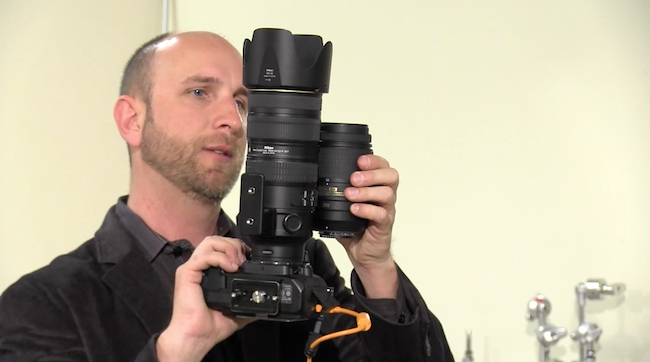
Mark explains that while one lens looks longer, the amount it can zoom is less than the short lens.





















